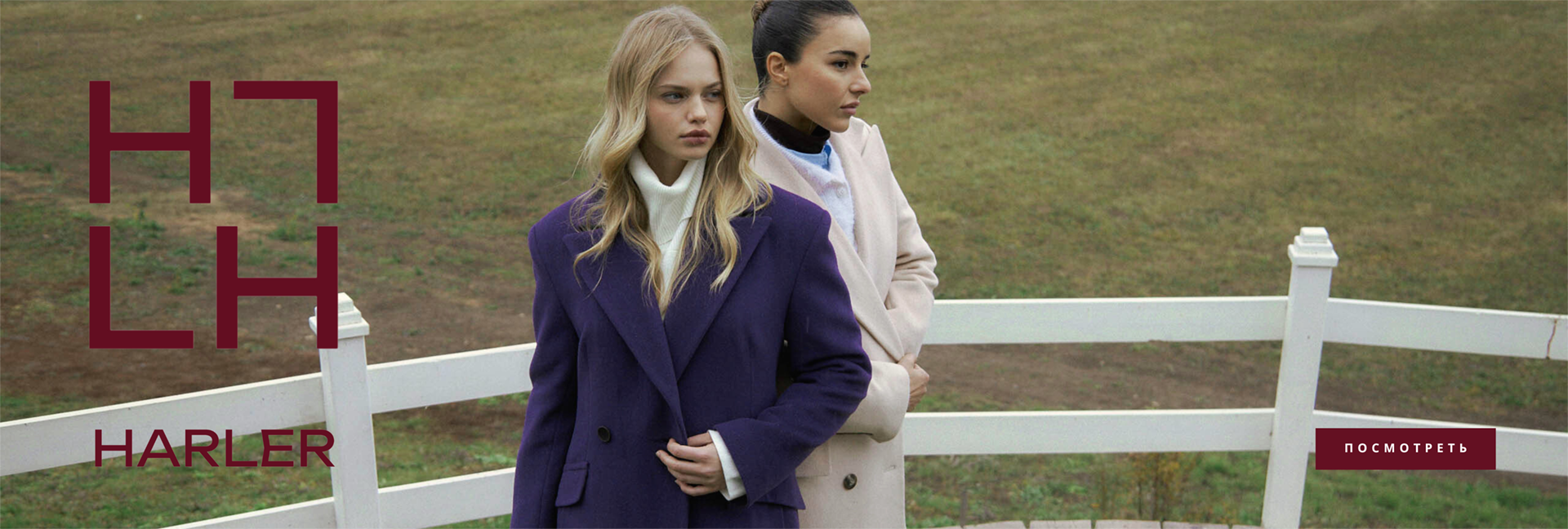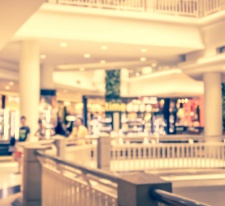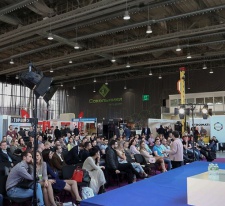A trip to fashion
DIRECT HIT
Most foreign brands in Russia still need partners. In addition, in the regions, the opening of fashion tenants by franchise is still much more popular than entering the market directly, according to ECE Russland. In some shopping malls in small cities, up to 50% of the shopping gallery can be filled with franchising, while in Moscow and St. Petersburg, according to Stanislava Nazhmitdinova, less than 20%.

«There are chains that have opened direct stores – « Tommy Hilfiger», Bvlgari, Burberry. But in general, the percentage has not changed much," says Alexandra Chirkayeva, head of retail premises rental in Moscow and the Moscow region, CBRE Retail Premises Department in Moscow. Mango, for example, started opening direct stores, but then switched back to opening stores through partners, the same can be said about Quicksilver (Boardriders, DC). According to franchises, sport&casual is now very actively developing, but the worst thing, oddly enough, is jewelry and accessories –Claire’s and Accessorize have stopped developing in Russia, and there are very, very few alternatives ».
Things are much worse in the jewelry segment than in other fashion niches, agrees Marina Labutina, owner of LeDiLe jewelry company. "Jewelry, as not the most necessary commodity, primarily suffers from the economic crisis," the expert sighs. Even federal networks are suspending franchise development and desperately dumping in order to maintain their positions in the market. For small manufacturing companies like ours, this is a serious challenge. We have suspended the development of LeDiLe points for the franchise and have focused on PR and the release of exclusive collections. This is how we keep the attention of consumers and maintain the relevance of the franchise offer in a crisis. After all, although trade has decreased, it has not died. People will still buy, so we still receive dozens of applications for a franchise. During the crisis, tenants and landlords in Russian shopping centers came to the conclusion that in a situation of total sales decline, only two types of stores will survive: "mastodons" and "creatives". The latter are those who either create a fashionable product that is in demand among young people and corresponds to the latest trends of the season, or offer a product with an unusual concept that is attractive to the consumer. This, for example, explains the unprecedented excitement in the Keddo shoe chain. A similar trend is noted by the owners of shopping centers themselves. In recent years, I have seen many unfamiliar store names and brands that I had never met anywhere before, but six years ago it was impossible to even discuss a place in locations like "Metropolis", "Okhotny Ryad" or "Atrium". in Moscow, if you don't work for a franchise of a large network. This means that the entrance to passable points has become more accessible, and it is now easier for young brands to declare themselves and go offline.
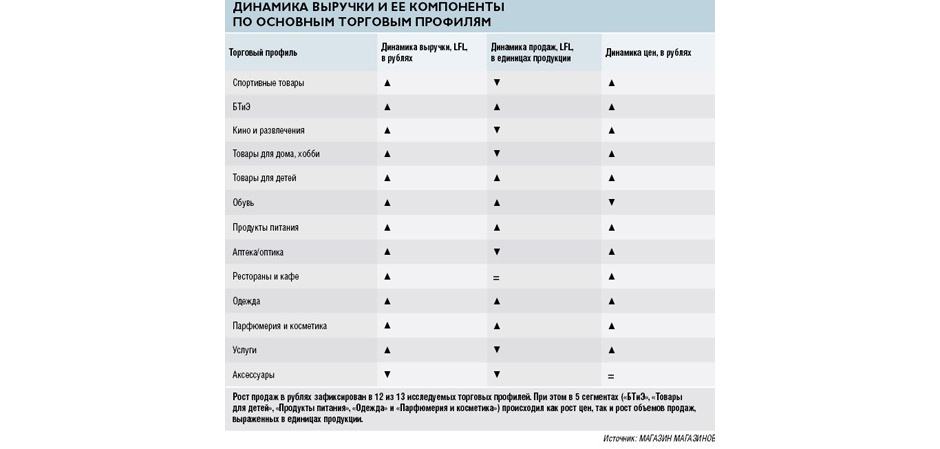
How do retailers evaluate the first half of 2017?
Positive factors:
– related to the economic situation:
- stabilization of exchange rates;
- transition from recession to gradual economic growth;
- reduced consumption in lower price segments;
– related to internal business processes:
- continued opening of new stores and expansion of staff during the active development of a number of chains;
- assortment optimization;
– related to the weather:
- rains, which led to an increase in traffic in the shopping center and an increase in sales both in the shopping center and in street-retail (for example, the demand for such groups of goods as rubber boots, umbrellas, medicines, heaters, game consoles has increased significantly).
Negative factors:
- the continuing decline in the purchasing power of the population;
- increased competition among existing market players;
- new players entering the market (this is especially reflected in the short-term outflow of staff and customers);
- bad weather, which led to a decrease in demand for some groups of goods (for example, in the segments of catering, clothing, sporting goods, air conditioners);
- reduced traffic during the summer months due to vacations.
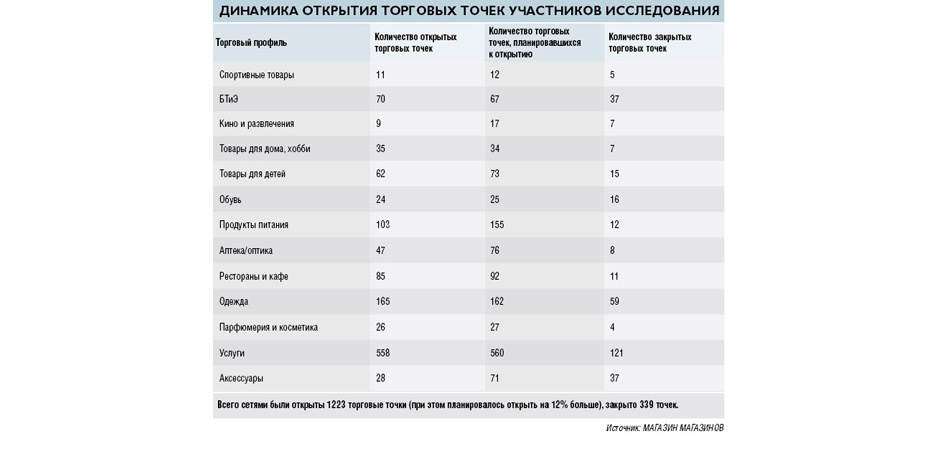
Text: Ekaterina Reutskaya
Photo: shutterstock.com
